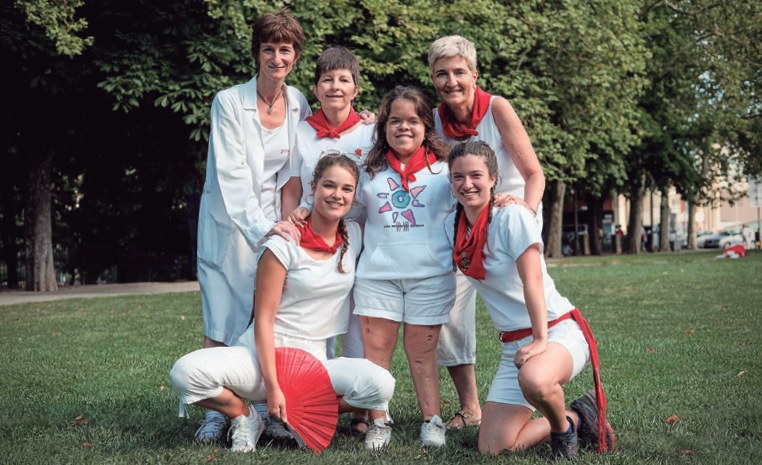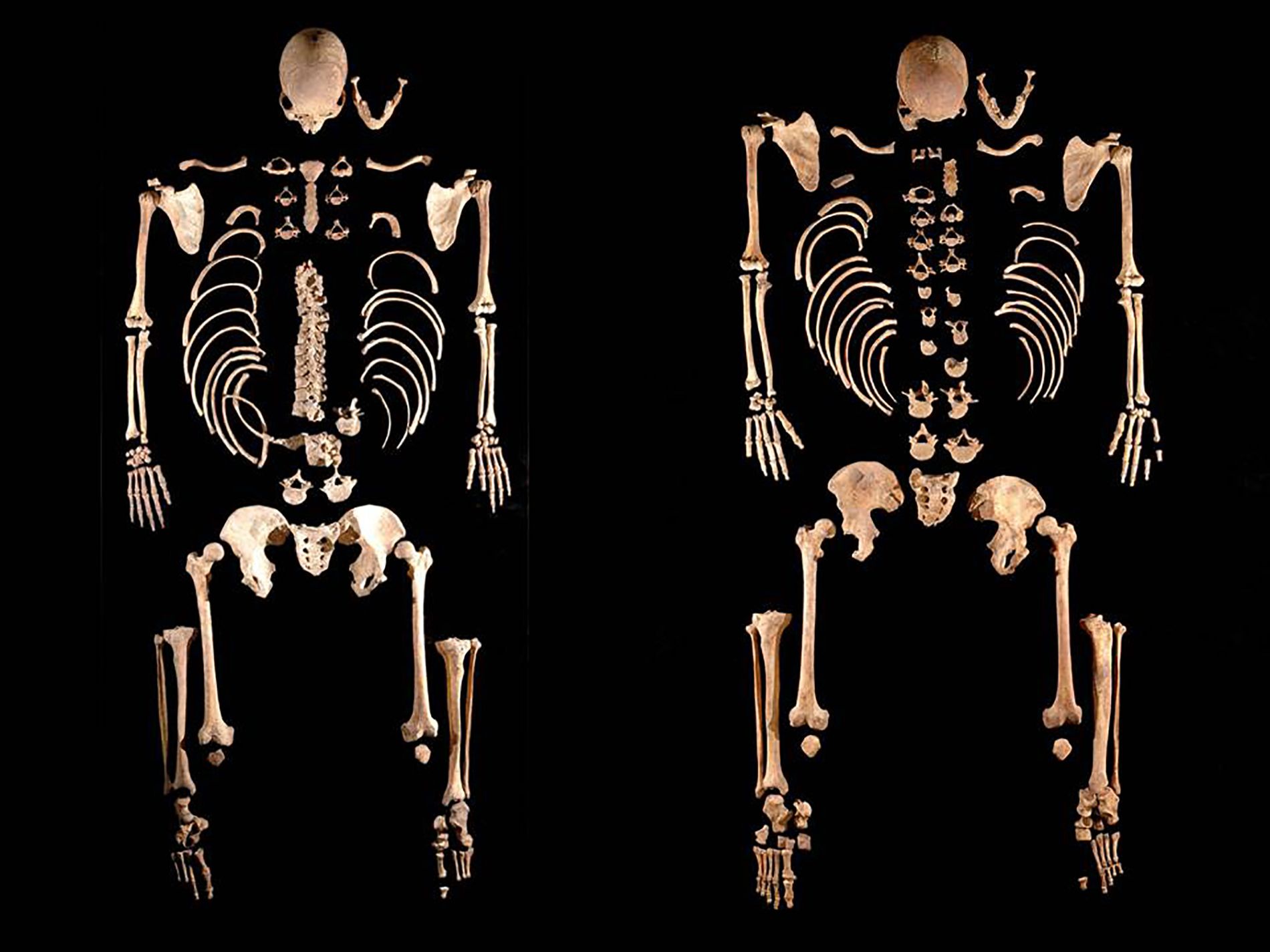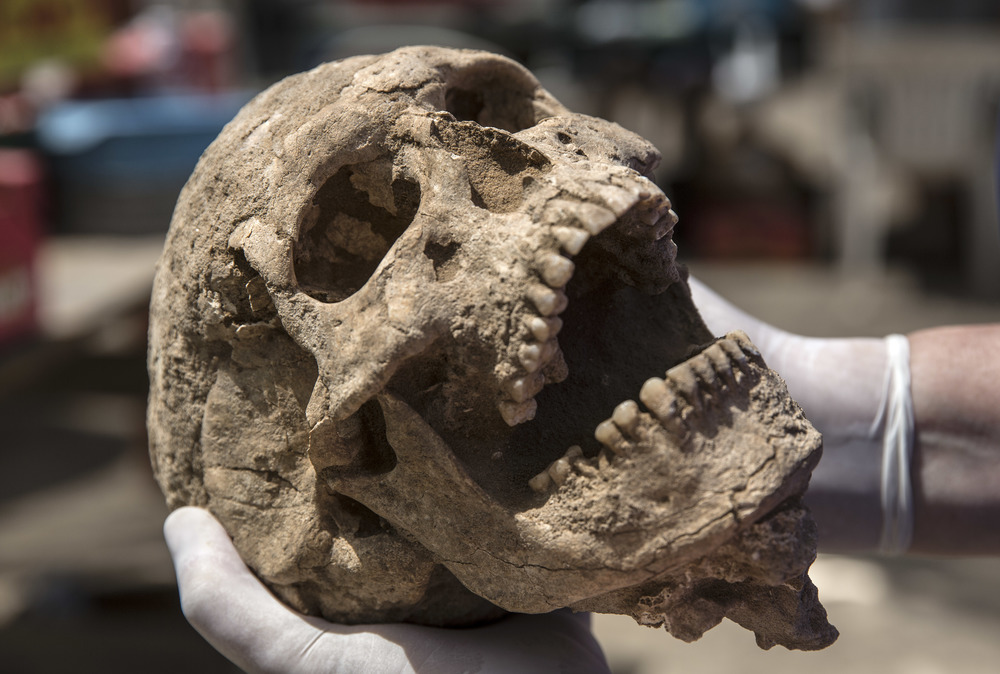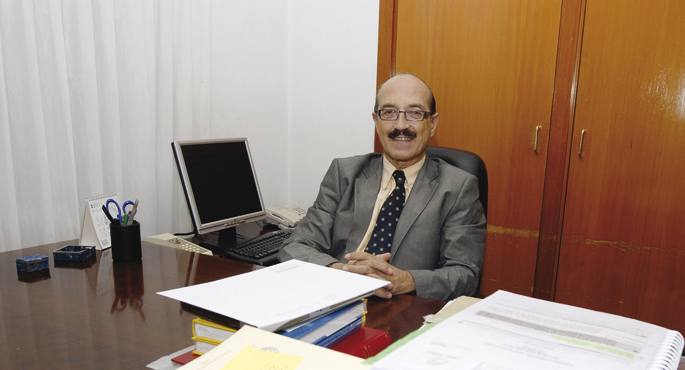"Sentimental illiterates are those who don't see people's dignity."
- Sentimental illiterates. Stories with achondroplasia and more... (Sentimental illiterates. Akondroplasia is the author of stories and more…). You've talked about people with nanism or low altitude. Achondroplasia is the main cause of nanism; in a particular gene mutation occurs and long bones do not increase. The testimonies gathered will shock the reader often.

How many people have achondroplasia in Navarre?
We have no record of these people. Despite being fully integrated into its closest environment, achondroplasia has suffered a great social marginalization that has forced many families to hide them. It is estimated that of some 20,000-25,000 people, the mutation occurs in one. In Navarre, therefore, between 20 and 25 people may be unemployed.
Achondroplasia, nanism -- how do we call these people so they don't feel offended?
Your name and last name. People with achondroplasia or bone dysplasia or with ADEE, in case we have to name a collective. You can also say that people with nanism. We have to approach them with respect and naturalness, keep up with them, meet them and act as people.
Is achondroplasia a disease or a way of being?
They include it in the rare disease group, but it's a way of being. These people are not sick, they are like this: the long bones do not grow them, the hands are different, the hearing vessels are narrower... As the bones do not grow, disproportions arise in the body, which has brought history to laughter and mockery, as a bufon, in the circus...
Has much progress been made from the point of view of medicine in these years?
Yes, a lot. They're trying to block the gene that causes the mutation so that the bone can grow. They are experimenting with different treatments, and I think future generations will have many improvements.
Nowadays, the most widely used treatment is bone elongation – bone stretching. Your question is: “Is elongation a modern miracle or the denial of a positive identity?”
Elongation is a long, painful and very expensive treatment. It is in doubt and the answer is very personal. During the operation, the bones are broken, extendable nails are inserted into the bone and a mechanism is used to spread one millimeter each day. Of course, in addition to bone, you have to stretch your muscles, your tendons, and your nerves. This causes a lot of pain, the wounds remain open for a month and they have to be continuously recovered. What is the question? For some global currents, especially those in the United States, elongation denies the identity of people with nanism. Here, on the other hand, it is seen as a way to balance the skeleton and, in addition, architectural barriers are avoided or personal hygiene is permitted. Achondroplasia is lifelong, but elongation seeks to facilitate different aspects of life.

Exclusion and stigma are common features in the history of achondroplasia. Are we moving forward?
Not enough. The world of achondroplacy is still linked to the world of spectacle, laughter and mockery. Institutions have recently been banned from engaging in shows using these people. Not long ago, a group of people with achondroplasia came to the European Parliament accompanied by the ALPE Foundation and in the streets of Brussels they received all kinds of vexation.
Put a dwarf on your wedding party,” for example by doing streeptease. Advertisements of this kind can still be read. It's great, but John says it's a normal job for him.
Normal was not normal. This young man, who has worked in the world of the show since childhood, in addition to his values as an actor, not only for the qualities he hires, but also for the characteristics that the achondroplet confers on him, that is very painful for others. They want to be lawyers, teachers, doctors -- and that image always hurts them.
“Integration for my daughter? No, thank you,” says in the book Margarita Guinovart, Marina’s mother, “my daughter is fully integrated.”
I understand that. To the extent that Marina is a person, the mother believes that integration belongs by default to her daughter, who does not have to walk asking. I, too, would like as a woman not to have to claim equality, I am often annoyed, but given the reality, we have to fight.
They're not disabled, sometimes they're super-people.
There is also everything among them. We all have capabilities and disabilities, and they want to be like the rest, no heroes or victims.
Who is the sentimental illiterate?
All dignity belongs to anyone merely for the sake of being. The sentimental illiterate is what he can't see. The title has emerged from a chapter dedicated to the eleven inadequate positions of physicians towards pregnant women of babies with achondroplasia.
Pamplona in 1964 and live in the Chantrea neighborhood. Being a doctor in history has helped me a lot to make the book, and in the usual one I am also among books, as I work in the small editorial Urgoiti Editors. But the main source of inspiration for writing this work has been my niece Maia Sola, who has an akondroplasia. Carmen Alonso's impulse from the ALPE Foundation has also been key. In one of those long conversations, he said: “Take this title – the title is yours – and write a book. And I addressed the challenge, which is basically a cry for dignity and human rights.”
Henrietta Lacks izeneko andrea umetoki minbizi batek jota hil egin zen 1951an, baina bere gorputzetik eta bere baimenik eta jakintzarik gabe erauzitako zelulek oraindik, egundaino bizirik eta ugaltzen diraute, eta azken hamarkadetako biologia eta medikuntza ikerketetan... [+]


















